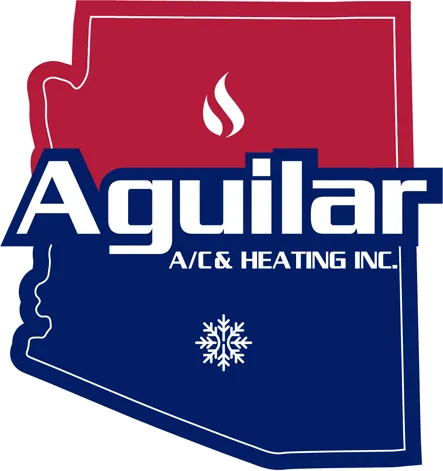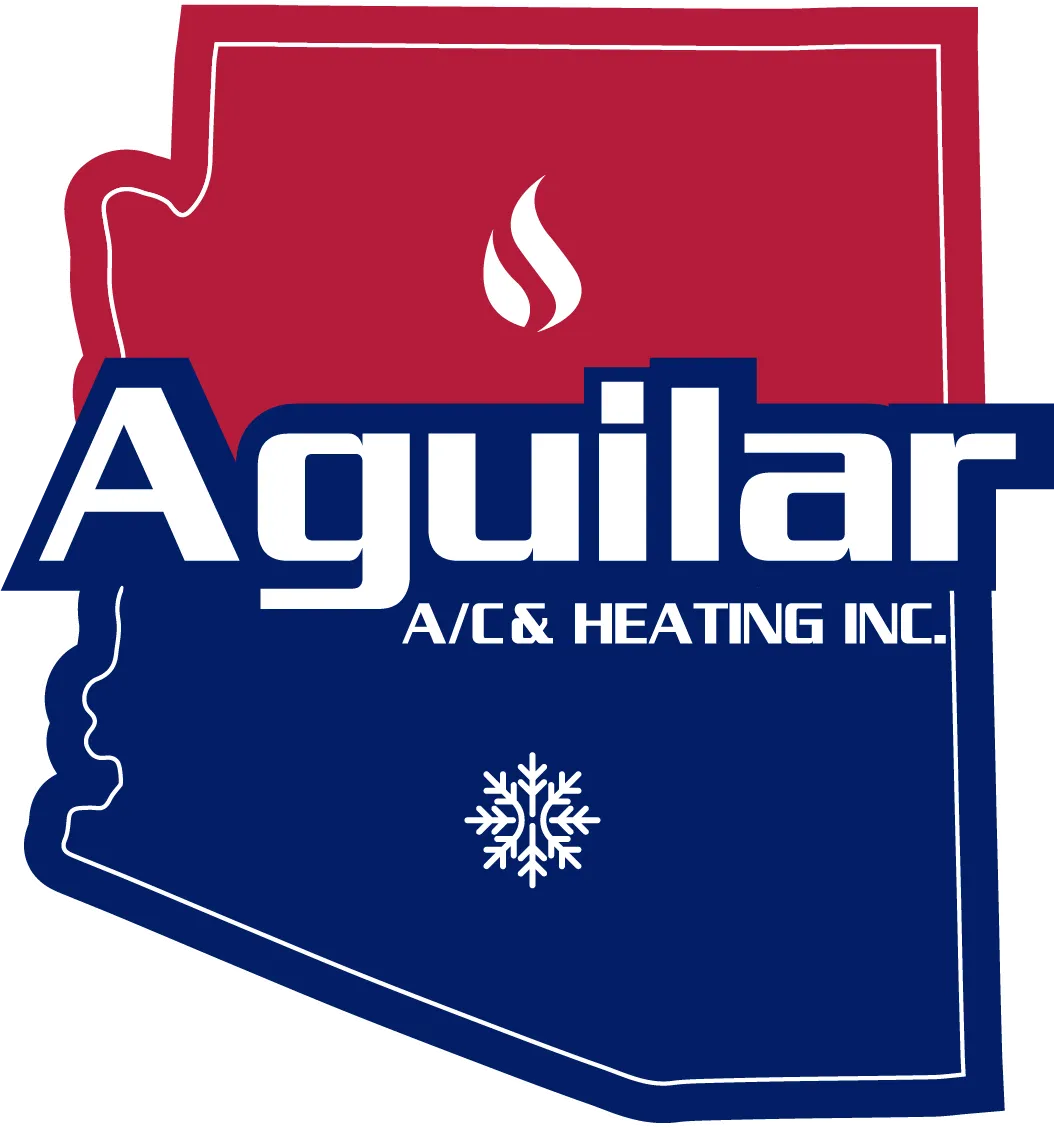Aguilar A/C & Heating
Blog

Understanding SEER Ratings: Choosing the Right Efficiency for Phoenix
If you live in Phoenix, you know that your air conditioner isn’t a luxury — it’s a survival tool for most of the year. When it’s time to replace or upgrade your system, one of the most important numbers you’ll encounter is the SEER rating.
But what does SEER actually mean? How do you know which rating is right for your home and budget? In this guide, we’ll break down SEER ratings in simple terms, explain what efficiency levels make sense for the Phoenix climate, and share tips to help you make the smartest choice.
What Is a SEER Rating?
SEER stands for Seasonal Energy Efficiency Ratio. It measures how efficiently an air conditioning or heat pump system converts electricity into cooling over an entire season.
In simple terms:
The higher the SEER number, the more efficient the system.
Efficiency means your AC uses less electricity to deliver the same amount of cooling.
Current U.S. standards require a minimum SEER rating of 14 in most regions, including Arizona. However, systems can range from SEER 14 all the way to SEER 26 or higher with advanced variable-speed technology.
Why SEER Ratings Matter in Phoenix
Choosing the right SEER rating isn’t just about saving a few dollars — it’s about long-term comfort and cost control. Here’s why it matters for Phoenix homeowners:
Long Cooling Season
Phoenix summers are long and intense. A higher SEER unit can save you hundreds of dollars annually on energy bills over a lower-efficiency system.Utility Rate Structures
Time-of-use plans can make peak cooling hours expensive. A high-SEER system reduces runtime and energy consumption during those costly periods.Comfort Improvements
Higher-SEER systems often include variable-speed compressors and better humidity control, which keeps indoor temperatures more stable and comfortable.Environmental Impact
Lower energy use means less strain on the power grid and a smaller carbon footprint.
How to Choose the Right SEER Rating
Selecting the ideal SEER rating depends on several factors. Here’s a guide to help you make an informed decision:
1. Consider Your Budget
Higher-SEER systems cost more upfront. Look for a system that balances purchase price with expected energy savings over its lifetime.
2. Calculate Energy Savings
Ask your HVAC contractor to estimate annual savings for different SEER levels. In Phoenix, even a small SEER upgrade can make a big difference over 10–15 years.
3. Factor in Rebates and Incentives
Local utilities sometimes offer rebates for high-efficiency systems. These can offset the higher initial cost and shorten the payback period.
4. Look at Comfort Features
Beyond efficiency, higher-SEER systems often include two-stage or variable-speed operation for quieter, more consistent cooling.
5. Think About Home Value and Longevity
If you plan to stay in your home for many years, investing in a higher-SEER system can pay off in long-term energy savings and add value to your home.
6. Ensure Proper Sizing and Installation
Even the highest-SEER system won’t perform well if it’s not sized or installed correctly. Always have a professional perform a load calculation before replacement.
FAQs
What is a good SEER rating for Phoenix homes?
For most homeowners, SEER 16–18 offers a good balance of efficiency and cost-effectiveness. If you want maximum savings and comfort, consider SEER 20+.Is a higher SEER always better?
Yes, but there are diminishing returns. Beyond SEER 20, the savings may not justify the higher purchase price unless you run your AC nearly year-round.How long will it take to see payback from a high-SEER system?
Typical payback periods range from 3 to 7 years depending on your current energy use, rates, and chosen SEER level.Will a higher-SEER system last longer?
Not necessarily — but because they often use advanced technology, they can operate more gently and consistently, which may reduce wear and tear.Can I upgrade just part of my system to get a higher SEER rating?
Usually no — both the indoor and outdoor units must be matched to achieve the rated efficiency.
Conclusion
Understanding SEER ratings helps you make smarter choices when investing in a new air conditioning system. In Phoenix, where cooling season dominates the calendar, choosing the right SEER rating can deliver big savings, improve comfort, and reduce energy waste for years to come.
Before buying, talk with a qualified Phoenix HVAC contractor to run a proper load calculation, discuss efficiency options, and find the system that’s the perfect fit for your home and budget.
Our Services
Helpful Links
Contact Information
Phoenix, AZ 85042
Business Hours
Mon - Fri: 8:00 am - 4:30 pm
Sat & Sun: Closed
© 2025 All Rights Reserved | Aguilar A/C & Heating

